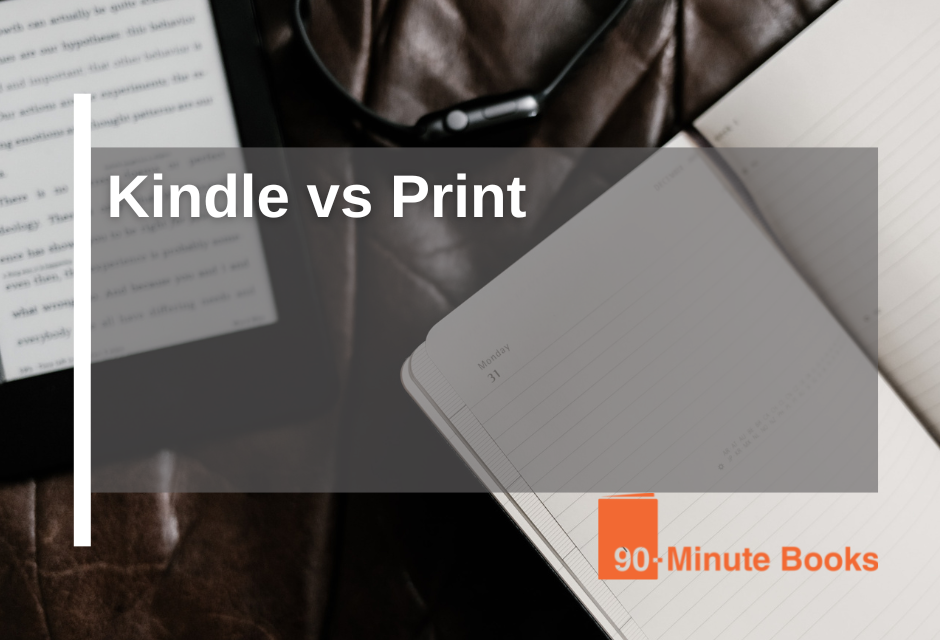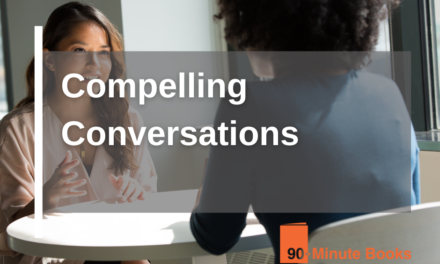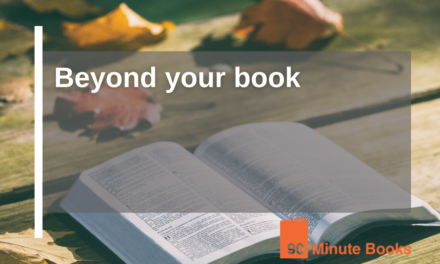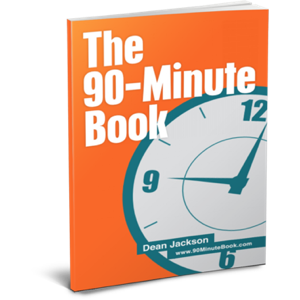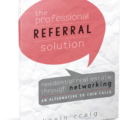Once your book is complete, you have 3 main ways to get it into the hands of people you want to engage. Print, Kindle and PDF.
In this post, we’re diving into some of the ups and downsides to these and how you plan to use your book can change your actions to get the best out of it. For access to the full podcast, click here.
Starting with the end in mind is essential to creating something practical. Putting out a Kindle version might be a great idea, but it could be a lot of wasted effort unless you can encourage those people to identify themselves.
There is no ‘one size fits all’ answer to creating your book across different channels. To clarify your decision, I have listed the pros and cons of both a physical copy of your book and a digital one.
Pros and Cons of a physical book
Physical books can sit on your shelf and be there to thumb through. It doesn’t disappear from your mind quickly.
The downside to physical copies is their overhead cost and delivery. Some would argue that it also takes up too much physical space.
Pros and cons of a digital book
One of the benefits of a digital copy is speed. The speed in which the books reach you. in theory, if you could ruThen AdWords ad, or Facebook ad, to a download page that just offered the download there straightaway with no opt-in whatsoever if you were confident about the journey that you were taking them on in the book. If you are convinced about the minimum viable commitment call to action, the step that obviously adds value, you can take the first step away for zero cost.
One of the downsides to a digital book is what we call the half-life of the book. The attention duration that you’ve got is a lot shorter than it is in the physical world. Everything moves much faster and equally; The person moves onto the next thought much quicker.
In purely pdf versions of your book, it is still possible to capture emails with opt-ins. With the kindle versions, even this is not viable. However, the upside to kindle versions is the accessibility to Amazon marketplace and its subsequent market.
in Summary,
you can already see the bias here, can’t you… I assure you it’s not intentional. In case you missed it, click here to access the podcast where Betsey and Stuart go deeper into the pros and cons of physical and digital books.

